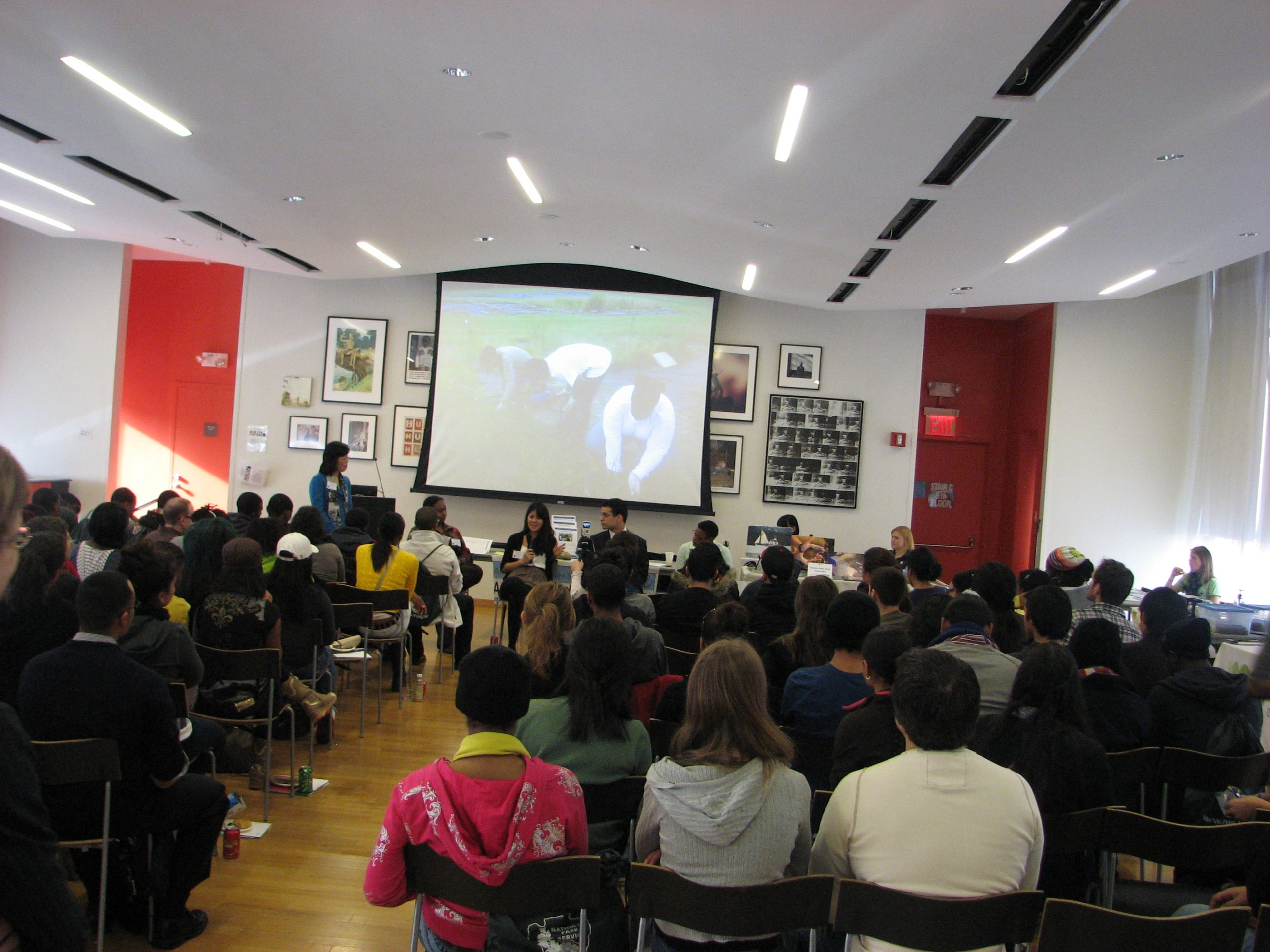Floods and foods, dogs protecting cats and microbial munchers
This post contributed by Molly Taylor, ESA Science Writing Intern. Tiny critters: Though all smaller than a millimeter in size, four critters highlighted by Neatorama are much larger in effectiveness. When there is no oxygen around to speak of (or to breathe in), shewanella inhales the likes of uranium and chromium. The bacterium exhales the toxic metals with a few…
